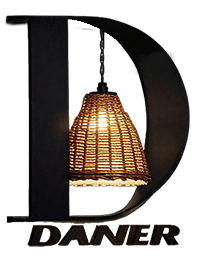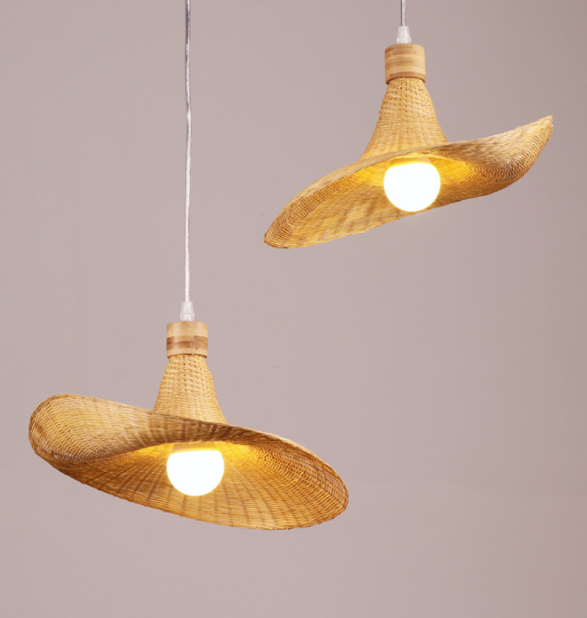Can Handmade Bamboo and Rattan Lights Be Truly Sustainable?
Eco-conscious consumers are increasingly turning to handmade bamboo chandeliers and woven rattan lamps as sustainable lighting alternatives. These pieces, often viewed as aesthetic statements, can also serve as environmental choices—if sourced and used wisely.
Resource Efficiency in Natural Lighting
Bamboo pendant lights and organic bamboo hanging lights originate from fast-growing, renewable resources. Their environmental value increases when producers avoid chemical processing and instead rely on natural preservation methods.
The Lifecycle of Artisanal Fixtures
Many eco-friendly boho pendant lamps boast long lifespans due to their durable weaving and natural resilience. Unlike plastic lighting, they biodegrade naturally and avoid contributing to landfill waste. Boho rattan table lighting offers charm without sacrificing sustainability.
Handcrafting with Purpose
Opting for handcrafted boho lighting supports small communities and reduces industrial manufacturing's carbon footprint. Island style bamboo chandeliers are often created in local workshops, minimizing transport and energy use compared to mass-produced alternatives.
Environmental Aesthetics
From geometric bamboo pendant lights to scandinavian bamboo pendant lights, design and environmental values align. These fixtures provide a narrative of responsible living while enriching interior design.
Address
No. 3, Lane 6, Fushan, Tiebian Village, Henglan, Zhongshan City

CONTACT US
_lutHu5.png)


Call Us
13527147288
E-mail Us




